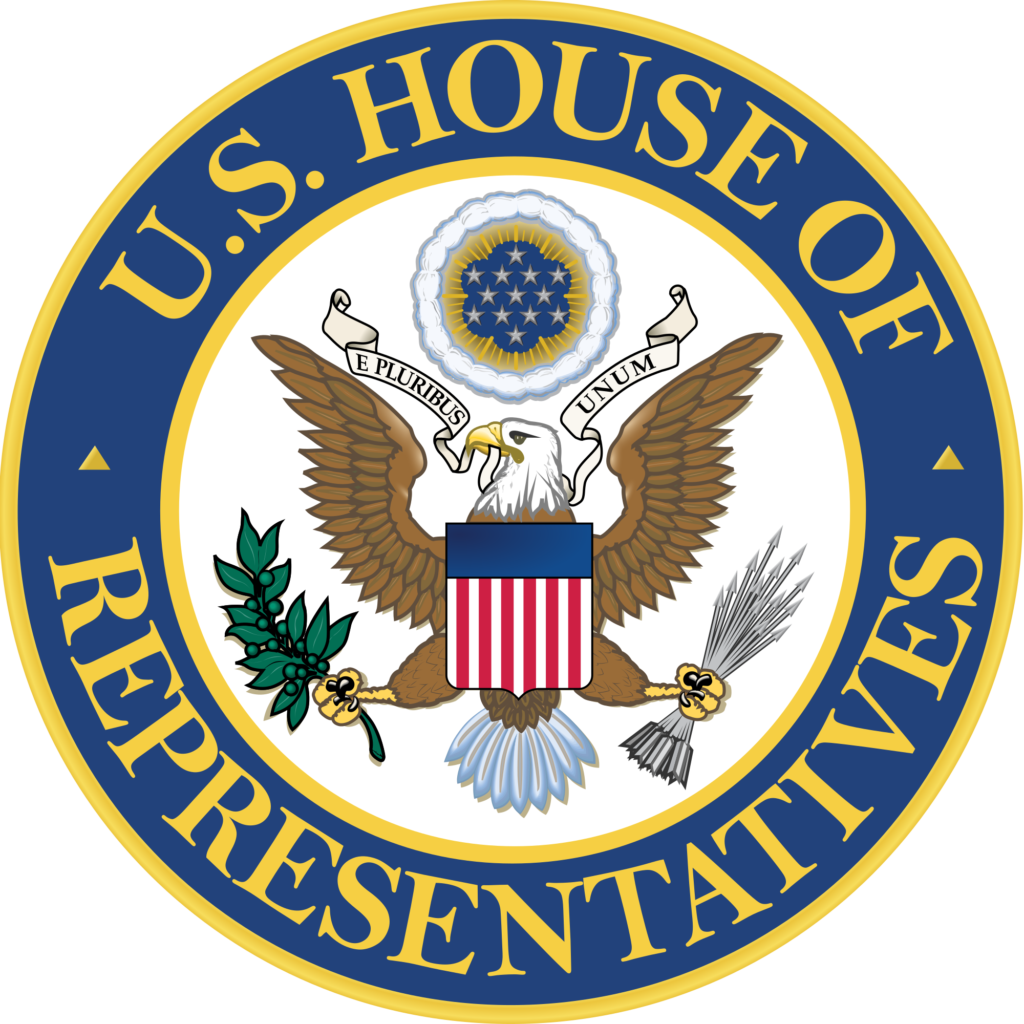
Congress has begun work on funding the government for Fiscal Year 2021, which begins on 1 October 2020.
The House Appropriations Committee has adopted bills funding USDA APHIS (via the agriculture appropriations bill) and USDA Forest Service (via the interior appropriations bill). Both provide steady or increased funding for programs important to preventing, eradicating, containing, and managing non-native tree-killing pests.
However, the Senate must act also – and I don’t yet know whether it will support these spending increases — or even whether it will pass an appropriations bill.
Still – we should applaud members of the House Agriculture and Interior subcommittees for supporting these programs (go here to see if your representative is on the committees). The same link provides justifications for funding the various programs.
USDA APHIS funding for key programs
Program FY2020 Admin’s Request FY2021
APHIS Plant Protection
Ag Quarantine (appropriated) 32,330,000 33,350,000 33,070,000
Pest detection 27,446,000 27,967,000 37,824,000
Methods develop 20,686,000 21,045,000 20,946,000
Specialty crops 192,013,000 183,079,000 198,912,000
Tree & wood pests 60,000,000 56,336,000 60,600,000
In its report, the Appropriations Committee reiterated its longstanding instruction that the Secretary of Agriculture tap funds in the Commodity Credit Corporation to fund emergency actions to “arrest and eradicate” plant pests. The report also called for APHIS to maintain funding levels and cost-share requirements for addressing the Asian longhorned beetle. (I expect emergency funds will be needed to address the newly detected ALB outbreak in South Carolina.) The Committee noted that it had provided $4 million in additional funds to counter the spotted lanternfly outbreak.
In addition, the Committee instructed APHIS to work with the USDA Forest Service, National Institute of Food and Agriculture, and Climate Hub to assist U.S. tropical areas (Hawai`i, Puerto Rico, US Virgin Islands, Guam, Marianas) to address several issues, including:
- Land and forest resource management; and
- Biology and control of invasive insects, plant diseases, weeds and integrated pest management strategies;
Forest Service – funding for key programs
Program FY2020 Pres’ request FY2021
Research &
Development $305,000,000 $249,330,000 $311,830,000
State & Private
Forestry overall $346,990,000 $217,443,000 $300,296,000
Forest Health
Management $100,000,000 $84,636,000 $101,136,000
In its report, the Appropriations Committee said that it expected the USFS to develop a research program that reflects the committee’s priorities and other activities most critical to forest health, especially addressing climate change adaptation, preventing spread of disease and invasive species, and watershed improvement. The Committee also supported research on holistic approaches to countering the harmful effects of terrestrial invasive species, utilizing a coordinated approach that incorporates expertise in forestry, veterinary science, aerospace engineering, biotechnology, agronomy and applied economics.
Addressing the Forest Health Management program, the Committee report encouraged the USFS to address high priority invaders, including the emerald ash borer and native western bark beetles.

The bill also rejected the President’s proposal to eliminate the Urban and Community Forestry program. Instead, it provided $8 million above the FY2020 level (that is, $40 million); this total includes $2 million allocated to helping communities hard-hit by the emerald ash borer to replant their urban forests.
Now that the House has acted, the next step – usually – is for the Senate Agriculture and Interior appropriations subcommittees to mark up their own bills. However, those who follow Congress closely don’t expect the Senators to be able to reach agreement on spending levels. Instead, they expect, the Senate will pass a “continuing resolution” that maintains current funding levels for the various programs. Perhaps after the election, they might then adopt more detailed bills.
Please – if one of your Senators is on either of these subcommitees (see the lists here), ask him or her to support the House spending levels on these programs.
I have written extensive descriptions of the impact of funding inadequacies in Fading Forest III, available here.
Posted by Faith Campbell
We welcome comments that supplement or correct factual information, suggest new approaches, or promote thoughtful consideration. We post comments that disagree with us — but not those we judge to be not civil or inflammatory.
For a detailed discussion of the policies, practices, and funding shortfalls that have allowed these pests to enter and spread – and that do not promote effective restoration strategies – review the Fading Forests report at http://treeimprovement.utk.edu/FadingForests.htm